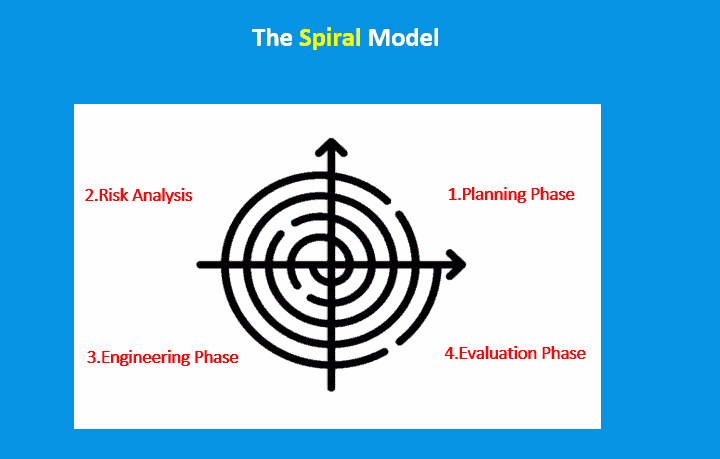1. Introduction
Software development is a complex and challenging task. Subsequently, software engineers developed various models to manage this critical process over the years.
Recently, the spiral model is considered one of the foremost used models while developing software. It focuses on managing risks and developing software iteratively.
In this tutorial, we’ll explore the spiral model, its key features, and its benefits.
2. The Spiral Model: Overview
The spiral model was first proposed by Barry Boehm in 1988 and is a process model that combines elements of both the waterfall model and the iterative model.
It is a risk-driven process model emphasizing the need for iterative development and risk management throughout the entire software development life cycle.
The reason behind naming this model a spiral model is its representation. Because it is represented as a spiral that loops through four quadrants, with each quadrant representing a phase of the software development process.
3. The Four Quadrants of the Spiral Model
The spiral model can be represented as a spiral that loops through four quadrants, each representing a phase of the software development process:

Hence, in this section, we’ll delve into these four phases.
3.1. The Planning Phase
In this phase, we can determine the project’s objectives, requirements, and constraints. Furthermore, we may identify the risks associated with the project. Accordingly, we create a plan to mitigate those risks.
3.2. The Risk Analysis Phase
In this phase, we can analyze the project’s identified risks and develop some strategies to mitigate them. Additionally, the feasibility of the project is also evaluated in this phase.
3.3. The Engineering Phase
We can design, develop, and test the software in this phase. Specifically, we develop the software iteratively, and each iteration builds on the previous one.
3.4. The Evaluation Phase
We can evaluate the software in this phase to determine if it meets the project’s requirements. If it doesn’t, we should revisit the previous phases, and the software is developed further until it meets the requirements.
4. Advantages and Disadvantages of the Spiral Model
The spiral model is a widely used software development process model with several advantages and disadvantages. In this section, we’ll discuss the advantages and disadvantages of it.
5. Conclusion
In conclusion, the spiral model is a widely used and effective process model for managing software development. Moreover, its emphasis on iterative development and risk management, flexibility, and better communication makes it a valuable tool for development teams.
However, it has some limitations, the spiral model remains an important consideration for software development projects that require risk management and iterative development throughout the entire development life cycle.